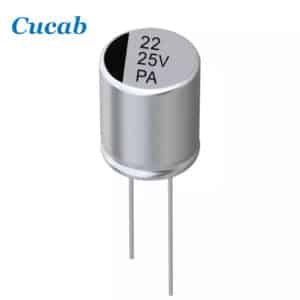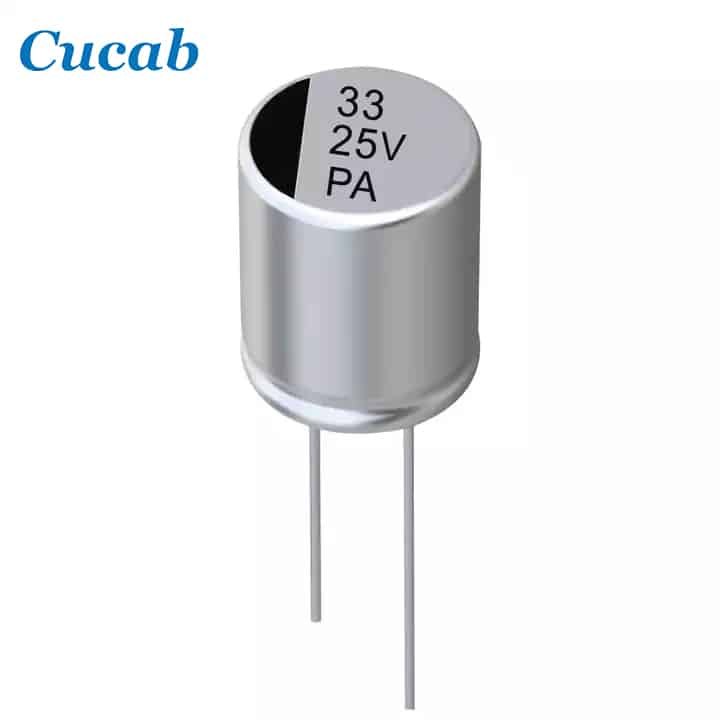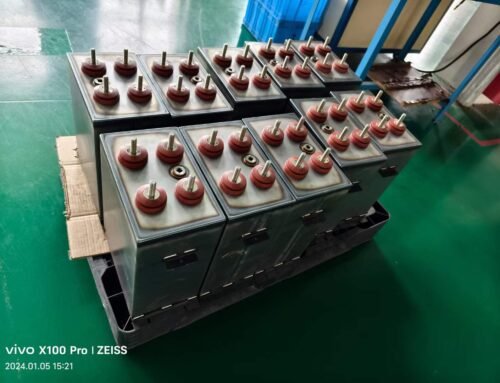Resistors, referred to as resistors, are the most used electronic components in electronic circuits. The role of resistors in the circuit is to reduce voltage, distribute voltage, and limit current. According to its manufacturing materials and structure, there can be different ways of classification. x2 wholesale amperometric capacitors of different types of resistors, their characteristics, uses are different.
1、Resistor AC signal voltage supply circuit
AC signal (audio signal) output from the audio circuit, respectively, through the resistor R1 and R2 added to the left and right channels, so that the AC signal can be balanced into two signals, respectively, added to the left channel circuit and the right channel circuit, so that their amplified is the same signal, R1 and R2 resistance value is the same.
2, the resistor to the triode shunt application
Resistor shunt can reduce the burden of another component, here R1 shunt is good protection for the transistor to help increase the service life of components. In the following circuit R1 is a shunt resistor, which is connected in parallel to the collector and emitter of Q1 so that they constitute a parallel circuit, part of the current in the circuit flows through R1, so that the current flowing through Q1 is relatively reduced, while the total current does not change.

Kapasitor Elektrolit 15000uf 80v




